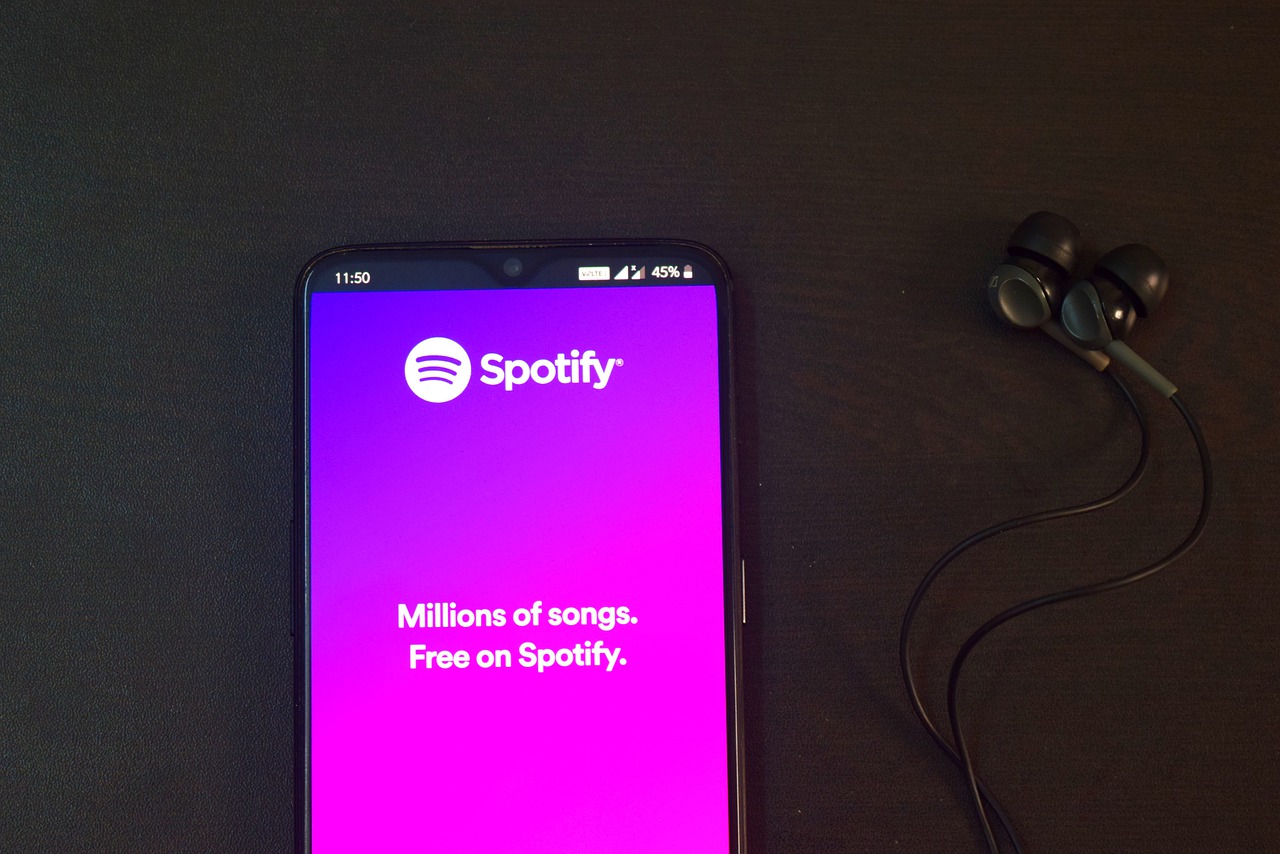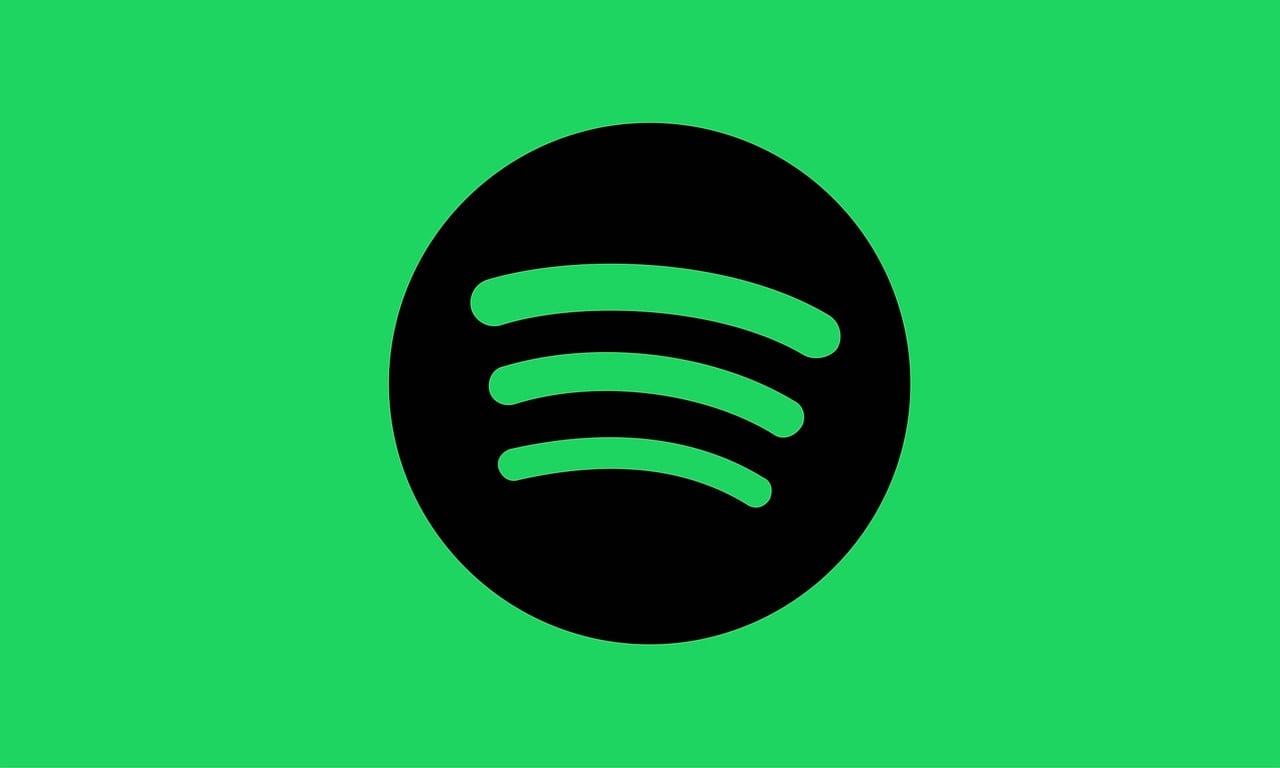Today, we will show you the top music streaming services you should go for.
Music streaming is the best way to listen to music for relaxation, workouts, partying, or keeping yourself occupied at work.
Moreover, Music streaming services have grown tremendously over the years, replacing the physical album. Numerous music streaming services offer you tons of music streaming all day for just $10 monthly.
Due to the enormous competition, music streaming services are constantly updating their services with new features to attract new users and meet up with users’ demands.
You can enjoy free music streaming services for a trial period before deciding to subscribe.
Table of Contents
Top Music Streaming Services
Here are the most popular music streaming services to enjoy unlimited music:
1. Spotify
Overview: Spotify is arguably the most popular music streaming service globally, known for its extensive library of over 70 million songs, user-friendly interface, and robust algorithm-driven playlists.
Key Features:
- Discover Weekly and Daily Mix: Personalized playlists based on listening habits.
- Podcasts: Extensive library of podcasts alongside music.
- Social Sharing: Integration with social media for sharing music and playlists.
- Free Tier: Ad-supported free version available with limited features.
Pros:
- Excellent user interface across platforms (desktop, mobile, web).
- Strong social features for sharing music with friends.
- Broad device compatibility, including smart speakers.
Cons:
- The free tier has ads and limited skips.
- High-quality audio requires a premium subscription.
2. Apple Music
Overview: Apple Music integrates seamlessly with Apple’s ecosystem, offering a vast library of songs, exclusive releases, and curated playlists.
Key Features:
- Exclusive Releases: Early access to new albums and tracks.
- Integration: Works well with Apple devices and Siri.
- Beats 1 Radio: 24/7 live radio station with celebrity DJs.
- Lossless and Hi-Res Audio: High-quality audio options are available.
Pros:
- Integration with Siri and Apple devices.
- A family sharing plan is available at a competitive price.
- Extensive curated playlists and exclusives.
Cons:
- The interface can be overwhelming for new users.
- Limited social sharing features compared to Spotify.
3. Amazon Music Unlimited
Overview: Amazon Music Unlimited is part of Amazon’s ecosystem, offering an expansive library of songs and integration with Alexa-enabled devices.
Key Features:
- Integration with Alexa: Voice-controlled music playback.
- Amazon Originals: Exclusive songs and covers by artists.
- Tiered Pricing: Different pricing plans based on device compatibility.
- Prime Membership: Discounted rates for Prime members.
Pros:
- Alexa integration for voice commands.
- Extensive library with millions of songs.
- Discounted pricing for Prime members.
Cons:
- The interface can be less intuitive than Spotify or Apple Music.
- Music discovery features are not as strong as competitors.
READ ALSO: 54 Best Cybersecurity Podcasts For Technology Adepts!
4. Tidal
Overview: Tidal stands out with its emphasis on high-fidelity audio, offering lossless streaming options and exclusive content from artists.
Key Features:
- HiFi Streaming: Lossless audio quality for audiophiles.
- Exclusive Content: Music videos, concerts, and interviews.
- Artist Ownership: Some content owned or co-owned by artists.
- Curated Playlists: Handpicked playlists by music experts.
Pros:
- High-quality audio options are unmatched by competitors.
- Exclusive content and early releases.
- Artist-friendly approach with higher royalties.
Cons:
- Higher subscription costs for HiFi quality.
- Limited mainstream appeal compared to larger services.
5. YouTube Music
Overview: YouTube Music combines the vast catalogue of music videos and user-generated content with an audio streaming service, offering unique content discovery opportunities.
Key Features:
- Music Videos: Access to official music videos alongside audio tracks.
- YouTube Premium: Ad-free experience across YouTube and YouTube Music.
- Offline Playback: Download songs and videos for offline listening.
- User-Generated Content: Covers, remixes, and fan content.
Pros:
- An extensive music video library is integrated into the service.
- Seamless integration with existing YouTube accounts.
- Ad-free experience with a YouTube Premium subscription.
Cons:
- Audio quality is sometimes not on par with other dedicated streaming services.
- Interface can be cluttered with mixed content types.
Choosing the Right Music Streaming Service
When selecting a music streaming service, consider your priorities: audio quality, user interface, device compatibility, exclusive content, and budget.
Spotify and Apple Music dominate the market with their extensive libraries and strong user experiences, while Amazon Music appeals to those within the Amazon ecosystem, and Tidal focuses on audiophiles.
YouTube Music offers unique content discovery features by integrating with the world’s largest video platform.
Ultimately, the best service for you depends on your personal preferences and habits. Many offer free trials, allowing you to explore and decide which suits your needs best.
Whether you prioritize high-quality audio, exclusive releases, or seamless integration with your devices, a music streaming service is tailored to enhance your listening experience in today’s digital age.
READ ALSO: How To Convert Spotify To MP3: A Guide For You
Emerging Trends and Future Directions
As the competition among music streaming services intensifies, several emerging trends and future directions are shaping the industry:
1. Podcasts Integration
Both Spotify and Apple Music have heavily invested in podcasts, recognizing them as a key growth area.
Podcasts enhance user engagement and provide additional content beyond music, catering to diverse interests and preferences.
2. High-Resolution Audio
The demand for high-fidelity (HiFi) and lossless audio streaming is growing, driven by audiophiles and music enthusiasts.
Services like Tidal and Amazon Music Unlimited are leading the charge in offering HiFi quality, appealing to those who prioritize audio fidelity.
3. Exclusive Content and Artist Partnerships
Exclusive releases, live performances, and partnerships with artists are becoming crucial for attracting and retaining subscribers.
Services like Apple Music and Tidal frequently offer exclusive content and early access to albums, enhancing their appeal to music fans.
4. Personalization and AI
Advanced algorithms and machine learning are increasingly used to personalize user experiences.
Features like Spotify’s Discover Weekly and Apple Music’s personalized playlists leverage AI to recommend music tailored to individual listening habits, enhancing user satisfaction and discovery.
5. Social and Community Features
Social sharing and community engagement features are becoming more prevalent. Spotify allows users to share playlists on social media, fostering a sense of community and enabling music discovery through friends’ recommendations.
6. Global Expansion and Localization
Music streaming services are expanding globally, catering to diverse cultural tastes and preferences.
Localization efforts, such as curated playlists for specific regions and multilingual interfaces, are becoming standard to attract a global audience.
7. Integration with Smart Devices
Integration with smart home devices, such as Amazon Alexa and Google Home, allows for seamless voice-controlled music playback.
This integration enhances user convenience and accessibility, making it easier for consumers to enjoy music throughout their homes.
READ ALSO: Ways To Convert Apple Music To MP3 Via iTunes And Apple Music App
Conclusion
The landscape of music streaming services continues to evolve rapidly, driven by technological advancements, changing consumer preferences, and fierce competition.
Whether you’re a casual listener, an audiophile, or someone who enjoys discovering new music, there’s a streaming service tailored to meet your needs.
As you navigate the options, consider factors such as audio quality, content library, user interface, and additional features like podcasts and exclusive content. Many services offer free trials or ad-supported options, allowing you to explore and compare before committing.
In the end, the best music streaming service for you will depend on your personal preferences and how you prefer to consume music.
With innovation and competition driving improvements across the board, the future of music streaming promises even more exciting developments and enhancements to enrich your listening experience.
RELATED POSTS
- Full Review of ZenMate VPN
- Impact of COVID-19 on Live Streaming
- The Ultimate List Of Geo-restricted Streaming Services
- 15 Best VPNs For Coronavirus Quarantine Holiday
About the Author:
Chandra Palan is an Indian-born content writer, currently based in Australia with her husband and two kids. She is a passionate writer and has been writing for the past decade, covering topics ranging from technology, cybersecurity, data privacy and more. She currently works as a content writer for SecureBlitz.com, covering the latest cyber threats and trends. With her in-depth knowledge of the industry, she strives to deliver accurate and helpful advice to her readers.









Apple Music is obviously one of the leading streaming music services. For me, I subscribe to Apple Music and also download Apple Music songs to MP3 with TunesKit Audio Converter to back up them forever.